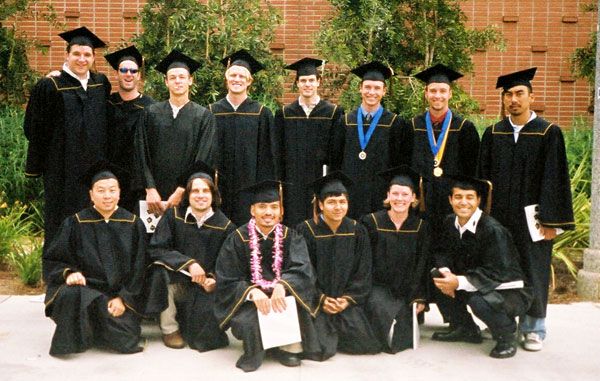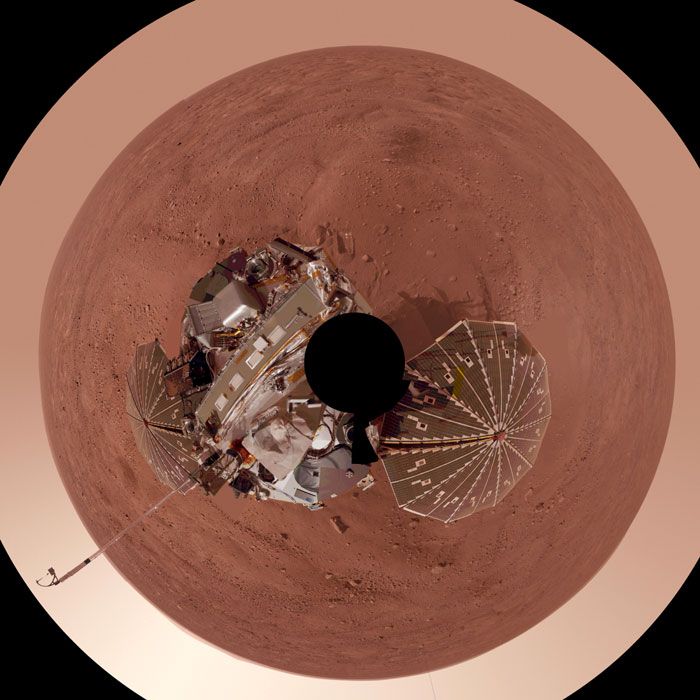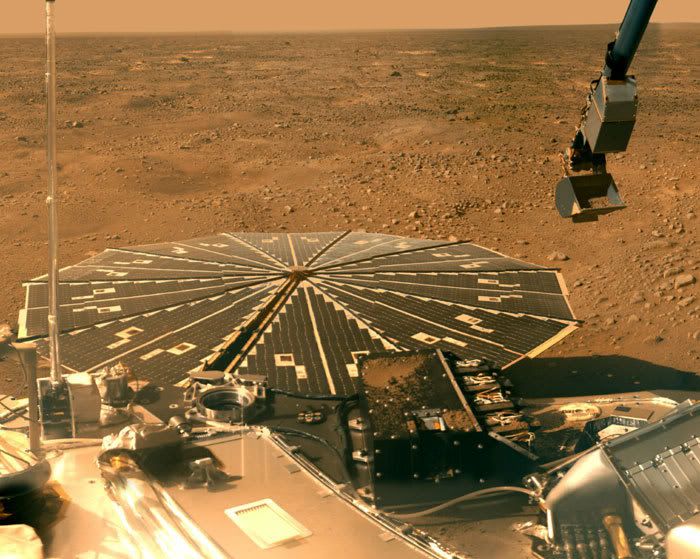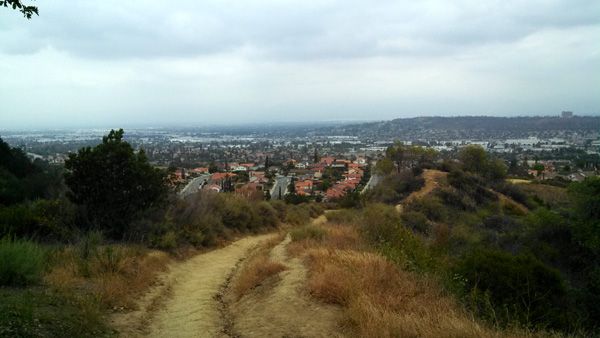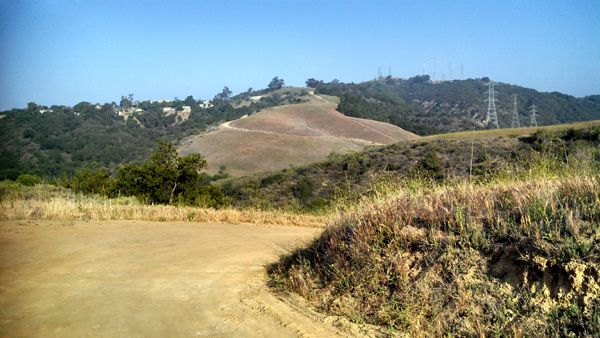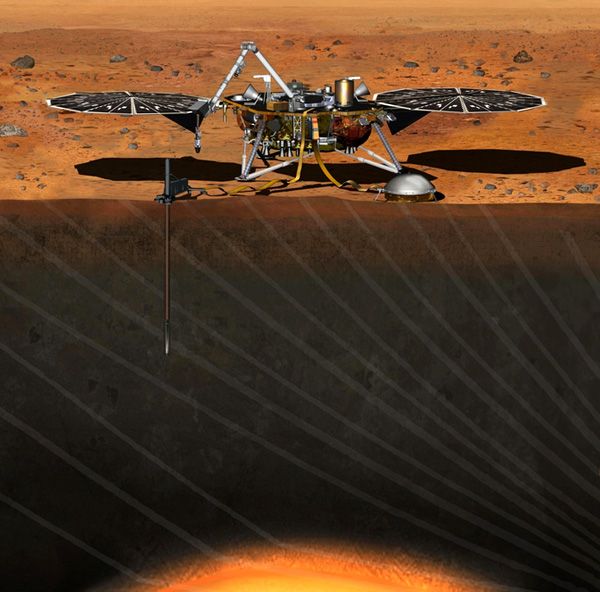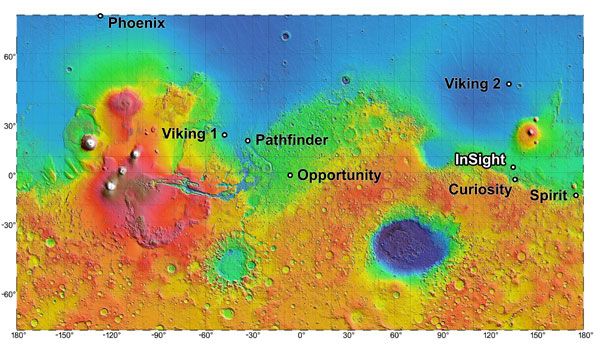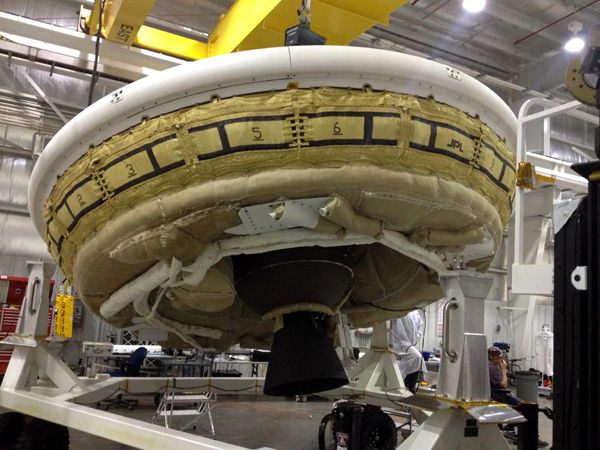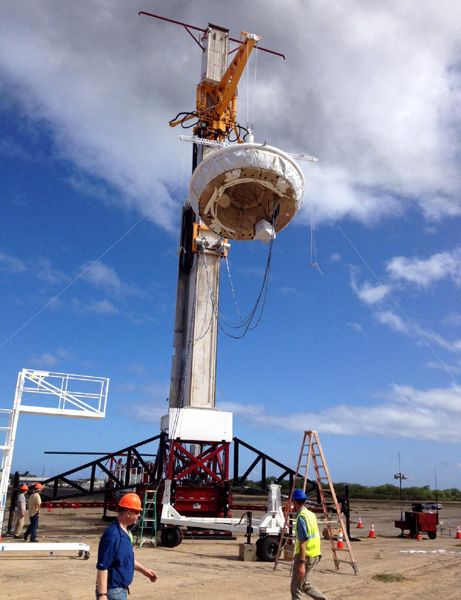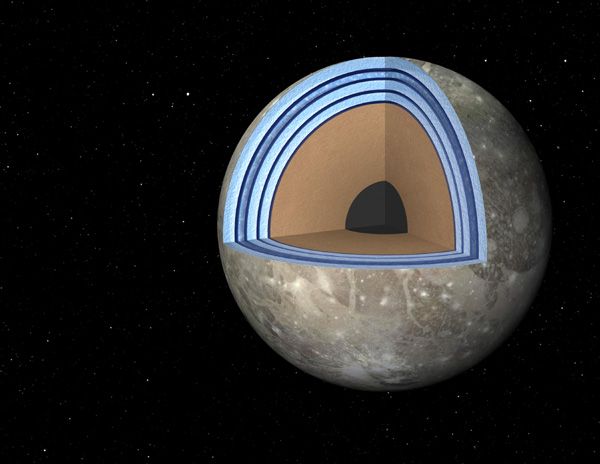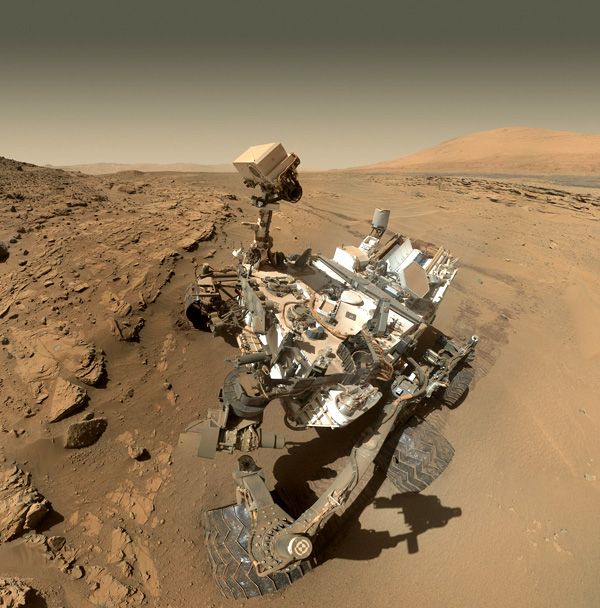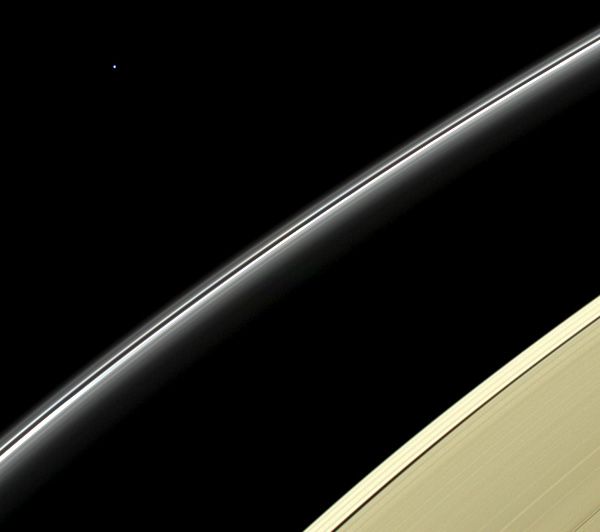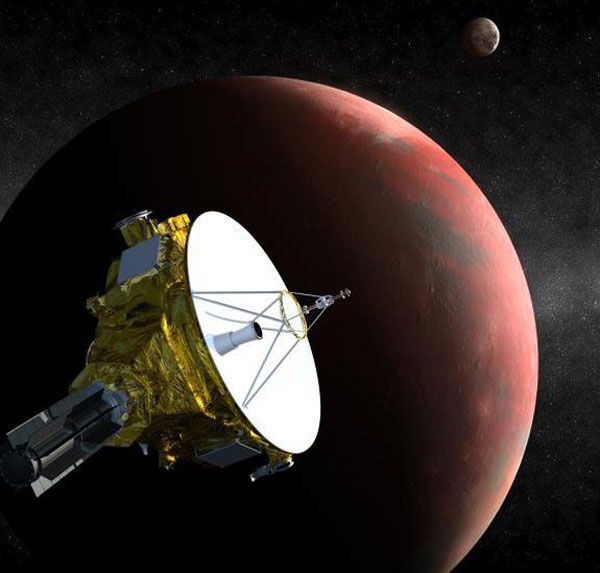
NASA
Two weeks ago today, the team behind the New Horizons Message Initiative (NHMI) announced that NASA has approved the project...paving the way for people around the world to submit photos, music and/or other files for this message beginning in late August. Now known as the One Earth: New Horizons Message (NHM), this crowd-sourced time capsule would be the digital version of the Golden Record heading into interstellar space aboard the twin Voyager spacecraft; the only difference being that anyone with an Internet connection can present anything (obscene material obviously excluded) that they feel best represents their idea of life on Earth. Images or songs by um, artists like Justin Bieber or Miley Cyrus could possibly be uploaded...though the NHMI team would not necessarily approve them for inclusion (seeing as how copyright issues would be involved). Click on any of the next two images below to visit the One Earth: NHM website to sign up and suggest one word that you feel should convey a particular theme about this planet in the message.
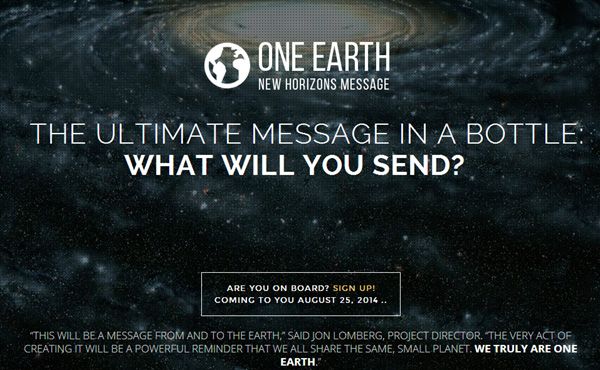
Click above to visit the One Earth: New Horizons Message Website
The One Earth: NHM webpage becomes active on August 25...which marks 25 years since Voyager 2 flew past the giant planet Neptune, and will also be the day that the New Horizons spacecraft itself crosses the ice giant's orbit on its way to its primary destination: the dwarf planet Pluto. The message could be transmitted to New Horizons as early as late 2016—when all data from next year's Pluto encounter should be downloaded from the distant probe. However, the message's transmission could be delayed for a few years if the New Horizons mission team finds a suitable Kuiper Belt Object (KBO) to explore after the Pluto flyby. However, the mission team is currently having a hard time finding a KBO since any potential target is blocked out by starlight in the Milky Way's galactic center (towards which New Horizons is eventually headed). The New Horizons mission team is hoping that using the Hubble Space Telescope (which the team is applying for observing time on) will finally help them find a KBO.
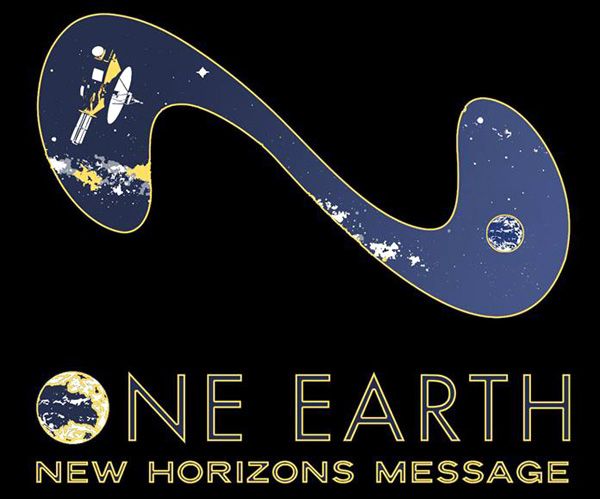
Click above to visit the One Earth: New Horizons Message Website
Not being able to find a KBO for New Horizons to fly past is both a good and bad thing... It's a bad thing in that Pluto will be the only planetary body in the Kuiper Belt that a man-made object visits for at least the next three decades or so. It's a good thing in that the lack of another KBO target to explore all but brings New Horizons' mission to an end after 2016...thus paving the way for it to officially become a time capsule that has the chance to outlive the Third Rock from the Sun (a.k.a. Earth) from which it came. This totally sounds exciting—though I'm hoping that a KBO is eventually found for New Horizons to venture to. I've waited about nine years for an opportunity like this to present itself; I can wait a few more.
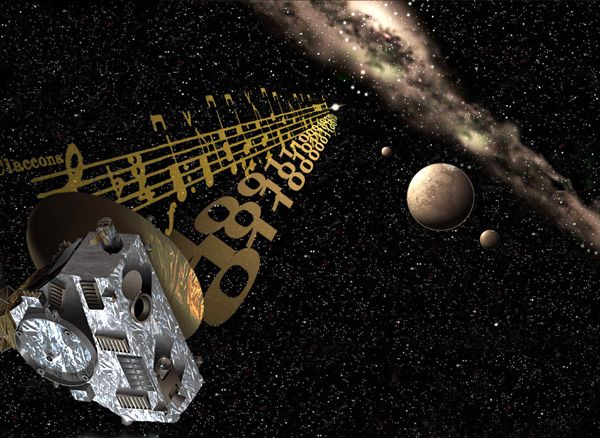
Image courtesy of New Horizons Message Fan Page - Facebook.com

